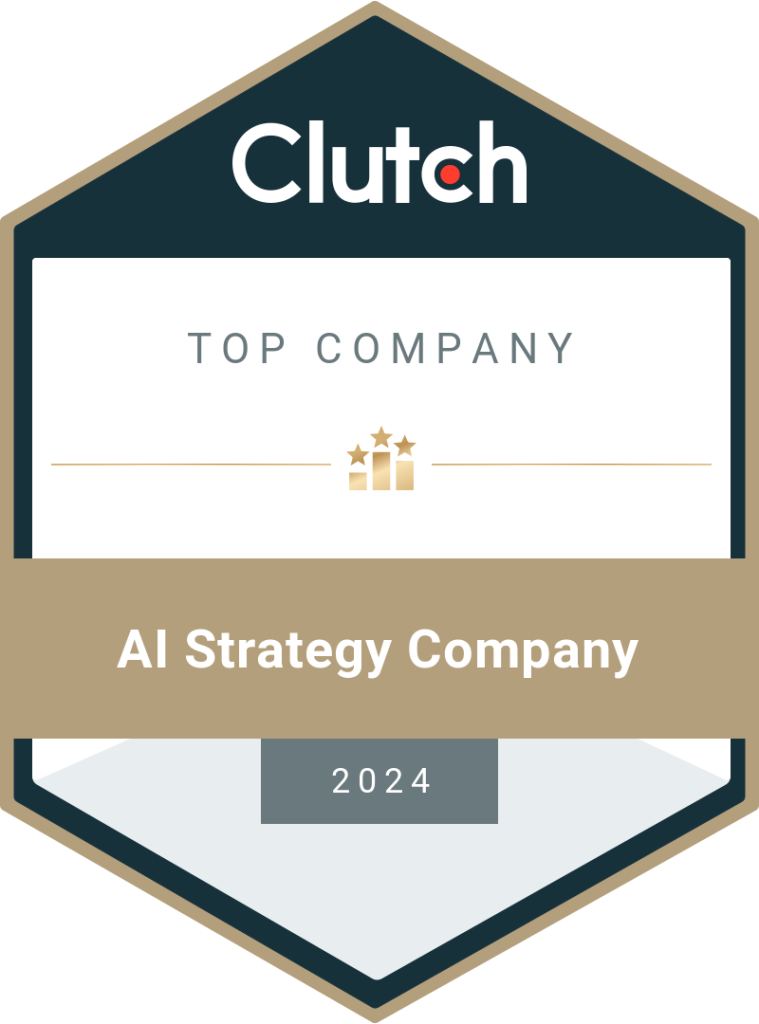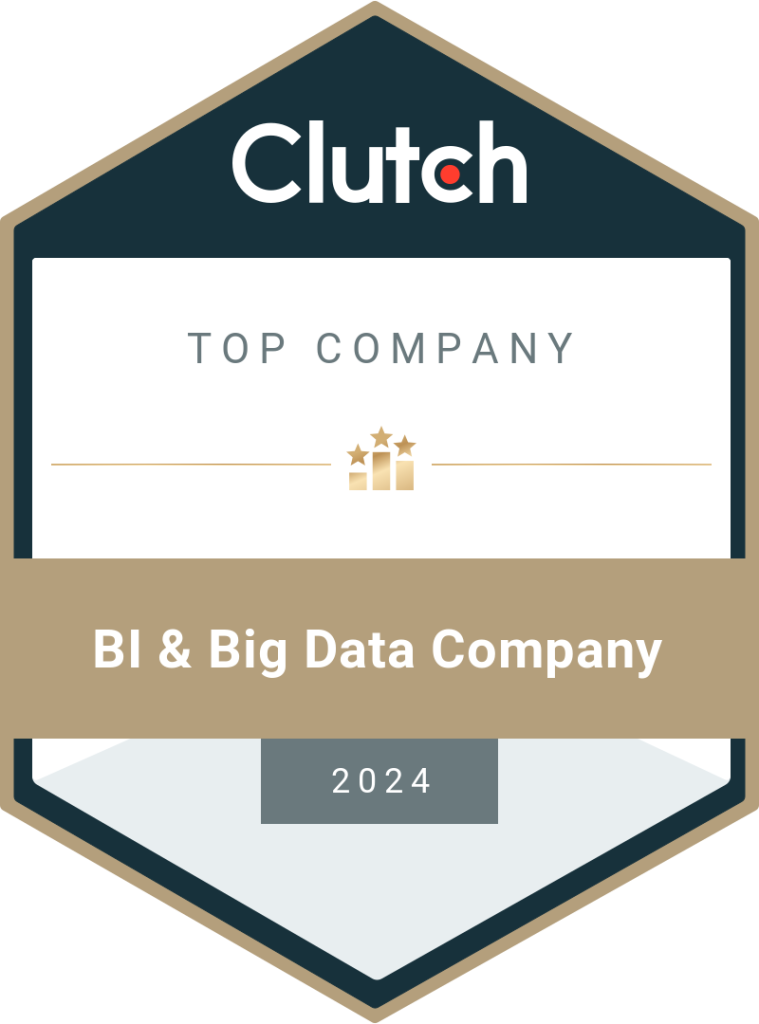Modern Data Engineering 101 – Benefits, Use Cases, Examples!
This blog talks about modern data engineering 101 and how organizations are using it to their advantage to extract the full potential of their data. We’ll discuss its benefits and relevant examples of how data engineering services have transformed various industries. Data engineering plays an important role due to the large data volumes and increasing dependence on data-driven decision-making. The global big data analytics market size was valued at USD 307.51 billion in 2023 and is expected to grow from USD 348.21 billion in 2024 to USD 924.39 billion by 2032 at a CAGR of 13%. “Data as a product is very different from data as an asset. What do you do with an asset? You collect and hoard it. With a product, it’s the other way around. You share it and make the experience of that data more delightful.” – Zhamak Dehghani, author of Data Mesh, Delivering Data Value at Scale. In this blog, we’ll discuss modern data engineering and how organizations are using it to make the most out of their data. What is Modern Data Engineering? Modern data engineering includes building, managing, and optimizing scalable data pipelines to handle large volumes of data from multiple sources. It processes data in real-time and uses cloud-based architectures and tools. These tools support data integration, transformation, and storage for advanced analytics and decision-making. Importance of Modern Data Engineering Data engineering helps organizations handle and organize data so that data analysts and scientists can easily analyze it. Here’s why data engineering services are important: The main part of data engineering involves managing data pipelines and ETL (Extract, Transform, and Load) processes. Data engineers build and maintain these pipelines to ensure clean and valid data is available to data analysts. This helps teams access data easily, gain insights, and make informed decisions, enhancing business growth and output. Benefits of Modern Data Engineering Imagine you’re trying to get the most out of your data, but it’s scattered all over the place. That’s where data engineering comes in. Now let’s understand some benefits data engineering solutions bring with them. Use Cases of Modern Data Engineering Some of the potential use cases of data engineering I’ve seen are: Personalized recommendations Subscription-based streaming services such as Netflix and Amazon Prime offer personalized recommendations to their viewers. These companies collect and organize user data and use machine learning to offer personalized recommendations. Fraud detection Banks and financial institutions use data engineering to prevent fraud. They gather vast amounts of transaction data, and with the help of advanced algorithms, they can spot suspicious patterns in real-time, preventing fraud before it even takes place. Predictive maintenance Manufacturing companies use data engineering to keep machines running smoothly. The sensors on equipment collect data continuously, and engineers use these insights data to predict when a machine may fail, preventing breakdowns. Customer behavior analysis eCommerce store owners can track customer purchases, their preferences, and browsing behavior. Further, they analyze these trends with the help of data engineering to create personalized marketing campaigns to offer personalized recommendations. This is the reason why you often see ads for things you’re interested in since the companies already have relevant data to target you. Real-time data analysis Businesses can collect, clean, and verify data through automated data pipelines. This makes it easy for data analysts to centralize large volumes of data by breaking down silos and making informed and strategic decisions. Businesses can detect trends, respond to market changes, and optimize their operations for better returns. Machine learning Machine learning uses large amounts of data to train artificial intelligence (AI) models and make them more accurate. Data engineers use data pipelines to transport data across different sources, ensuring it’s clean and ready for analysis. These data models are used in various applications, from personalized recommendations to fraud detection, and much more. Skill Set of Modern Data Engineer The skill set of a modern data engineer includes the following data engineering tools, technologies, programming languages, and frameworks: Database management systems: Data processing frameworks: ETL tools: Cloud platforms: Data warehousing solutions: Programming languages: Frameworks and methodologies: How do Data Teams Implement Modern Data Engineering? Data engineers integrate all your data into models that support operations and analytics, enabling your company to extract data-driven insights. Further, they understand existing infrastructure and data needs and offer personalized solutions and services to help you make the most of your data. They use different data engineering tools to consolidate data from multiple sources to manage data efficiently. The data teams create data models and algorithms that ensure these models are fully functional and work smoothly. How Does Modern Data Engineering Work? Data engineering involves designing and building data pipelines that convert raw, unstructured data into organized datasets. These pipelines are important elements for a reliable data system, built to meet specific needs of businesses. Data engineers manage data pipelines to ensure users get accurate and reliable data. The data integration pipeline has the following steps: Best Practices for Modern Data Engineering Conclusion Data engineering is no longer optional today, it has become a necessity. By converting data into meaningful actionable insights, data engineering helps businesses to make data-driven decisions. This not only enhances operational efficiency but also helps you deliver customized experiences quickly. Data teams not only add more value but also facilitate the development of the right solutions for various problems. People Also Ask (FAQs) What is modern data engineering? Modern data engineering includes designing, building, and maintaining scalable and efficient data systems. These systems support business intelligence, analytics, and data-driven decision-making by using advanced tools and practices to process vast amounts of data from various sources in real-time. What is the latest in modern data engineering? Some trends in data engineering that are popular now and will continue include: What is the salary of a modern data engineer? According to Glassdoor, the average salary for a data engineer in the United States is $1,31,939 per year. They typically get additional cash compensation, averaging $27,346 and ranging between $20,509 and
Read More





